| marc7 travels |
|
The scenic landscape, the rugged seascape, the stone houses, and the Ivatan’s amazing culture make Batanes one of the sought after destinations in the Philippines. It is not a surprise that every traveler, both reel and the real, are always on the lookout for a good airline offer to the country’s northernmost province. Well, you cannot blame them because, judging from what you see on social media, Batanes seems to be a different world in itself. When we chanced upon a good airline offer to Batanes in one of the travel fairs in 2017, our travel gang did not bat an eye. It was a good opportunity to explore a country that a lot of people were raving about and a lot more wanting to explore. Sabtang Island: A Portal to Batanes’ Past The faluwa, a local boat without the usual “katig”, rocked steadily as I jumped onto the platform and then on the solid ground of the port. It took us only 30-minutes to cross the channel that lies between Batan and Sabtang. We were on our second day of exploring Batanes and today’s itinerary was Sabtang Island Sabtang Island is one of the three inhabited islands of Batanes. Located on the southern part of the province, Sabtang Island is popular for its picturisque landscape and well-preserved Ivatan stone houses. This is where you get the most exposure on Batanes’ famous stone houses. Sabtang Port and Lighthouse The sea trip from Batan Island to Sabtang Island roughly takes about 30 minutes on a good day. Take not of the operative word “roughly”. The waves between the two island can get really nasty and rough but still manageable, according to locals. In fact, our definition of rough waters is actually their type of calm. Nevertheless, it is a boat ride worth taking. The first thing that will catch your eye is the Sabtang Lighthouse perched atop a cliff facing the channel. It is an active lighthouse and is one of the three popular lighthouses in Batanes. The lighthouse and the rugged landscape will captivate you and will take your mind off the waves rocking the faluwa. San Vicente Ferrer Church (Sabtang Church) A few meters from the Sabtang Port is a small church that is a mute witness to the colorful history of Sabtang. The San Vicente Ferrer Church, more popularly known as Sabtang Church, was first established in 1785. The cream-colored church dominates the skyline of the town with its simple facade and its belfry, with two bells, atop the church’s facade. The church’s interior complements the simplicity of its facade. The church’s interior is higlighted by a two-tiered retablo bearing the image of its patron saint. Batanes Bisumi Fighters Memorial A few meters away from the church is another historical marker honoring the Bisumi fighters of Batanes. These freedom fighters took arms against the Japanese during World War 2 and was persecuted by the invading forces. The historical marker can be found in front of the building beside the school. Morong Beach and Natural Stone Arch After we registered at the local tourism office of Sabtang, we headed to one of Batanes’ iconic spot - the Natural Stone Arch at Morong Beach. The 20-minute drive to the spot gave us a preview of Sabtang’s amazing landscape with its sloping hills and white sand shores of the island. The view of the cove of Morong Beach and its white sand was a much needed breather. It’s been a while since I last breathed in the smell of the sea. The beach is a popular stop and one of the most photographed spots in Batanes because of its natural stone arch that is perched on the left side of the beach when you are facing the sea. Natural forces have molded it to form a pass-through cavity into a solid rock forming a natural arch or “ahaw”. I walked barefoot on the sand and just breathed in the salty smell of the sea while a group of students took their turns taking pictures of and with the arch. While waiting for our turn, I just enjoyed the view of strong waves smashing onto the shores of the beach. I was thinking of taking a dip but I decided not to after feeling the icy cold water submerge my feet. I am not a huge fan of cold water but it did relax my soles. Finally, we took our turn taking our pictures with the arch. We had to hurry up a bit as there were others waiting for their turn. It pays that you be one of the first on site or be with the last group to visit the arch because it is very hard to control the excitement of guests for you to get a clean shot of the “ahaw”. It also helps that guests have the courtesy to also stay clear of the area after they had their turn. Savidug Stone Houses and the Kanayi Savidug is one of the villages in Sabtang where you get a face-to-face encounter with Batanes’ famous stone houses. The houses that line the streets have withstood years, even centuries, of weather, nature, and modern development. Kuya Joaquin, our guide, shared with us that a usual Ivatan stone house is comprised of three small stone houses in one compound - one serves as the receiving area and sleeping area, one is used as a bathroom, and one serves as a kitchen. These houses were built separately to minimize damage when one area gets badly hit by a typhoon. Well, it does sound logical. These houses are fortified by thick slabs of stone to withstand the strong typhoon winds and rain. Most of these houses still stand today with a couple in disarray. The best way to enjoy Savidug is to walk its street and narrow alleys and you will be amused by the rows and rows of stone houses that you will find. It will also give you that feel of the simple lives of the local Ivatans. I had the privilege of having a short interaction of two locals in their senior years who were also game to have a groupie with me. One thing that I definitely enjoyed was the chance to wear a “kanayi” - it is a local all-weather Ivatan sleeveless jacket made from either vuyavuy leaves or banana leaves. The kanayi comes with a hat and is mostly worn by men. It can protect you from the heat of the sun and from the cold rain. The ladies have their own version called the “vakul”. It is also protective headgear against the heat and the cold. I really found the “kanayi” and “vakul” interesting that I am thinking of having Asher use it in one of their “Linggo ng Wika” celebration. I guess it is time to bring these local clothes into the limelight. Chamantad-Tinyan Viewpoint Sabtang Island has a healthy mix of sandy shores and rugged terrains and the Chamantad-Tinyan Viewpoint offers the best sweeping view of this unique mix. This is where you get a full view of Sabtang’s rugged terrain meeting the rough waters of the sea. From the main road, a dirt trail will lead you to various points of Chamantad-Tinuyan that offers different viewing point perspectives. The trail can be challenging for those who are afraid of heights because it traverses along steep points of the hills, at certain points. It is a thrill to actually see what lies below. The dizzying height and the strong winds trying to outbalance you create a challenge for some. The view deck offers an amazing view of the land and sea. It has an interesting mix of rolling hills, rugged cliffs, the waves smashing onto the shores, and a peaceful white sand cove. The deck overlooks the cream-colored sand cove and it stands out from all the ruggedness. It is like a peaceful haven amidst the ruggedness. There are two spots where I feel you can get a good shot of the cove. The first spot is along the sloping meadow just below the trail prior to the steep ascent to one of the highest point of the deck. This is where you can play around with your camera to get that “chilling out” shot while sitting or lying down on the verdant green grass with the cove at the background. The other point is the deck that overlooks the cove. This is where you will get a full 360-degree view of the whole area. The height and the view of the drop from the top can be frightening. But you don’t need to look down because the sweeping view of Sabtang’s landscape and seascape will be enough to relax you. Chavayan Village Our last stop for our Sabtang tour is the cradle of Ivatan culture and heritage - the Chavayan Village. The village sits within a cove that has protected it from nature’s fury keeping it safe and preserving most of the structures. Strolling around the small village’s street will give you a visual treat of rows and rows of century-old Ivatan houses. The village is also the home of the only remaining church in Batanes where the roofs are made of cogon. Too bad though that we did not explore it as much as we did in Savidug. At the entrance of the village is where you will also find Ivatan weavers where they get to showcase their skills in weaving the “vakul” and “kanayi”. You can also purchase these famous Batanes’ protective clothing as souvenirs of your trip. Post Travel Notes As our faluwa rammed through even bigger waves when we were headed back to Ivana Port that afternoon, I felt that our Batanes trip was getting to be more exciting. Batanes is known for two things - its rolling hills and its stone houses and Sabtang gave us the thrill of experiencing the province’s tourism value proposition. Sabtang had me more engaged and excited with its history, culture, and heritage. It was exciting to walk the streets of Savidug and Chavayan, wearing a Kanayi, knowing that its rich history is intact and, partly, remains untouched to this day. It was interesting how much stories the houses could share if only its stone walls could talk. Stories that would span hundreds of years. It is great to see that the locals of Sabtang was able to preserve much of their past in the present. Not to be outdone are the rugged terrain of the island that keeps its guests in awe, wonder after wonder. Unlike our North Batan tour, we had more episodes of running around like excited kids trying to capture every beautiful angle that our eyes could catch. It is a beautiful island that has a unique mix of nature’s ruggedness and subtlety. In my opinion, Sabtang Island gives you a complete feel of the Batanes experience - the heritage, the history, the natural wonder, and the amazing culture of the Ivatans. If you have a very limited time to go around or if you are going back to explore Batanes again, Sabtang Island should definitely be on your list. Don’t worry the waves of Sabtang are manageable. Getting there: Air Swift, Philippine Airlines, and Sky Jet have direct flights to Basco from Manila and Clark. We scored good priced airline tickets in one of the travel fairs held here in the metro through Air Swift. Air Swift flies to Basco 4x a week and there services are good. You can check out their ongoing promos here. Marfel’s Lodge is a great place to stay-in when you are in Batanes. They have great accommodations and their staff are very helpful. You can check them out on Facebook or you can also call (0908) 8931475 for your inquiries. You can also contact Kuya Joaquin at (0947) 1069342 for your Batanes tour packages. Remember that the rates for their tours are standard. Their 3-Day package costs Php4500 per head for a group of three and it covers the North Batan tour, the South Batan tour, and Sabtang Island. Lunch for the three days are already included in the package. Kuya Waks will make sure that you get to enjoy Batanes with fun facts about Batanes to bring home.
0 Comments
Leave a Reply. |
Marc del Rosario
I believe in education, entrepreneurship, and caring for the environment. Archives
June 2024
|
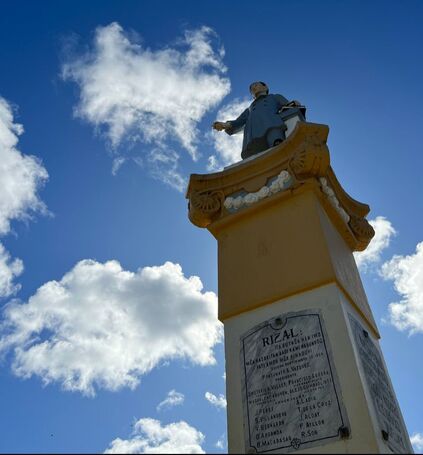
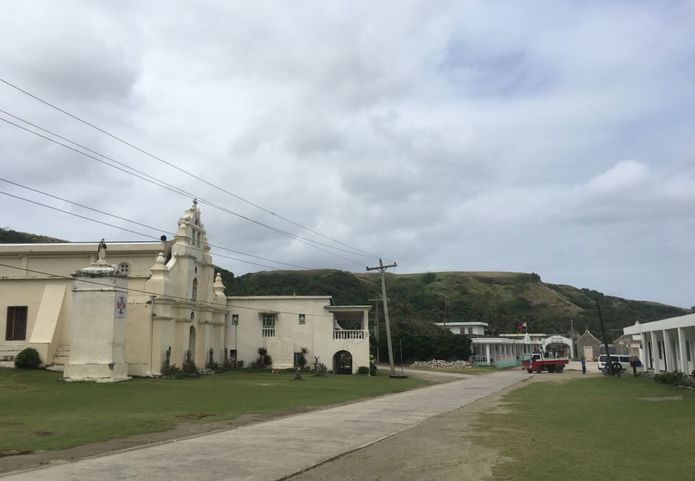
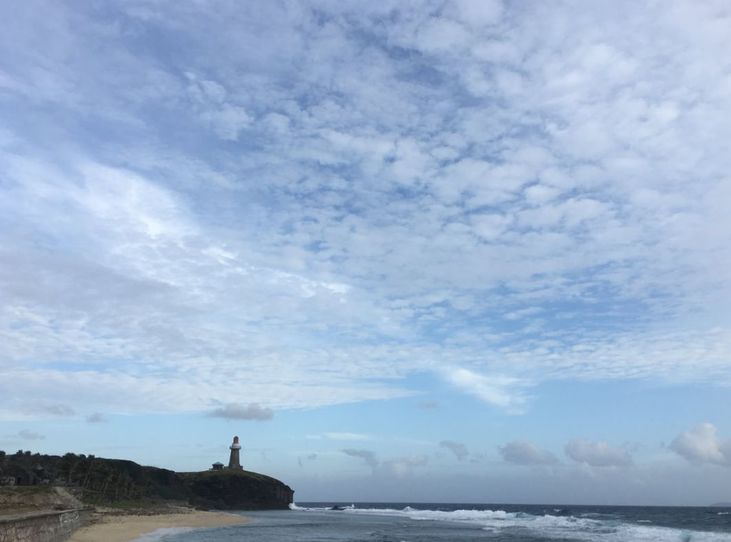
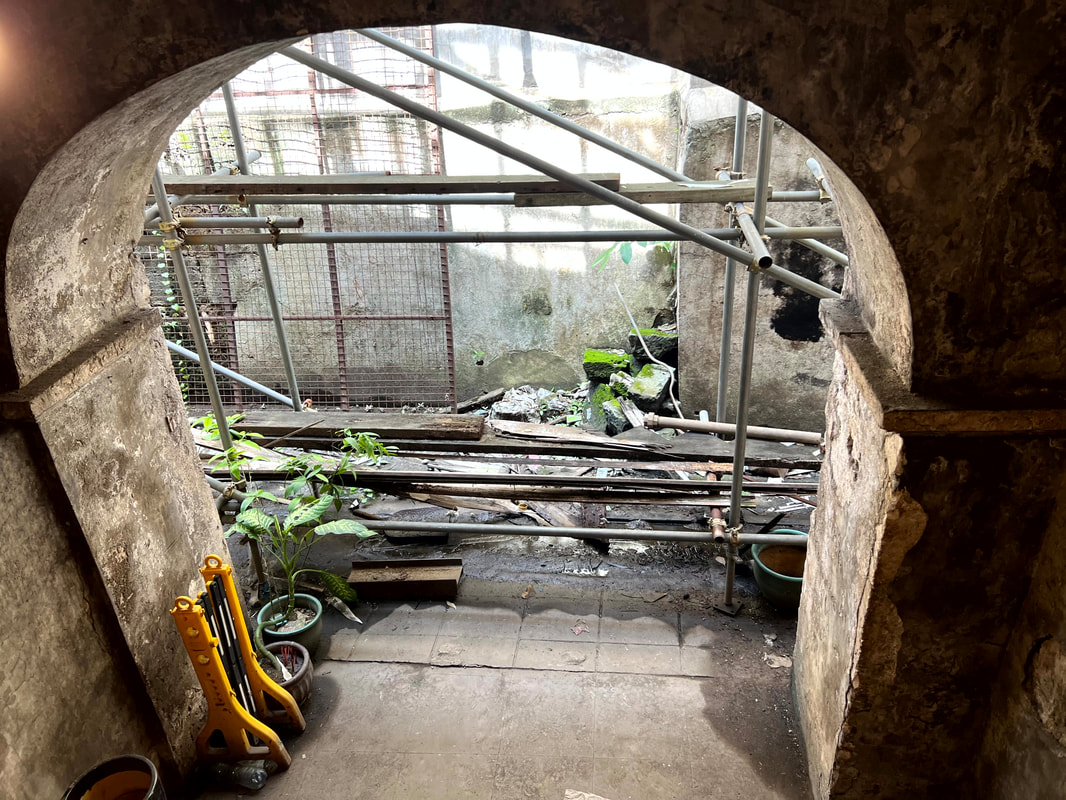
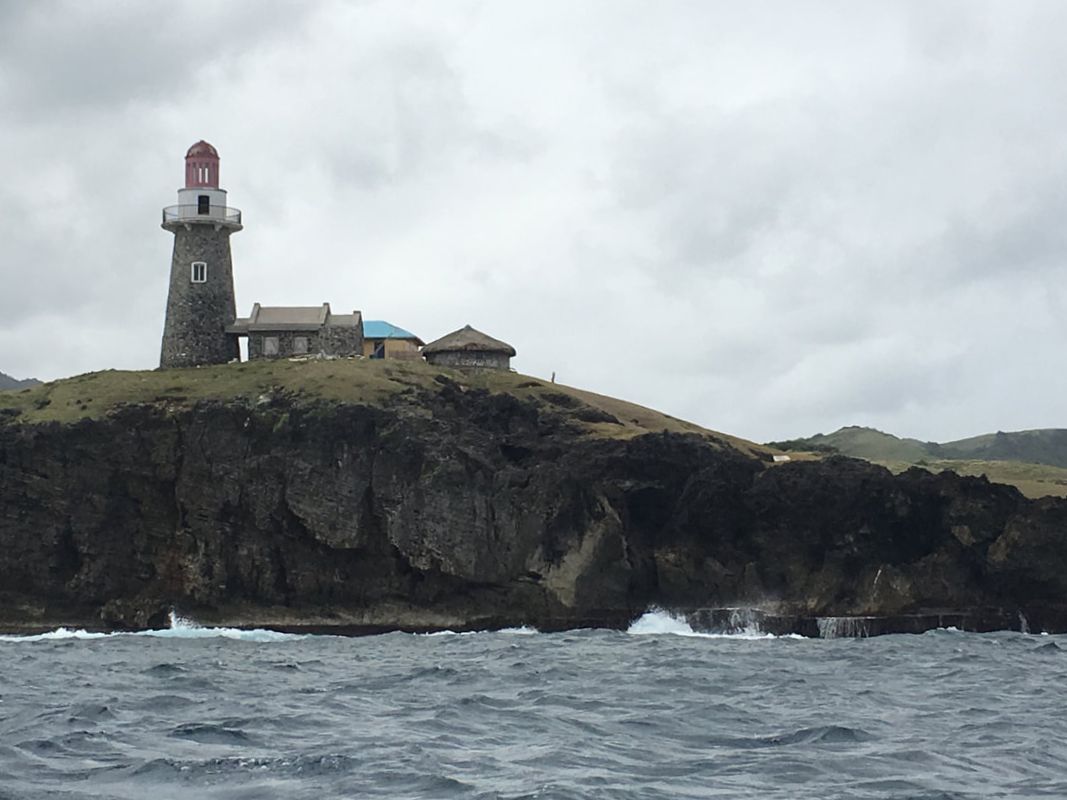
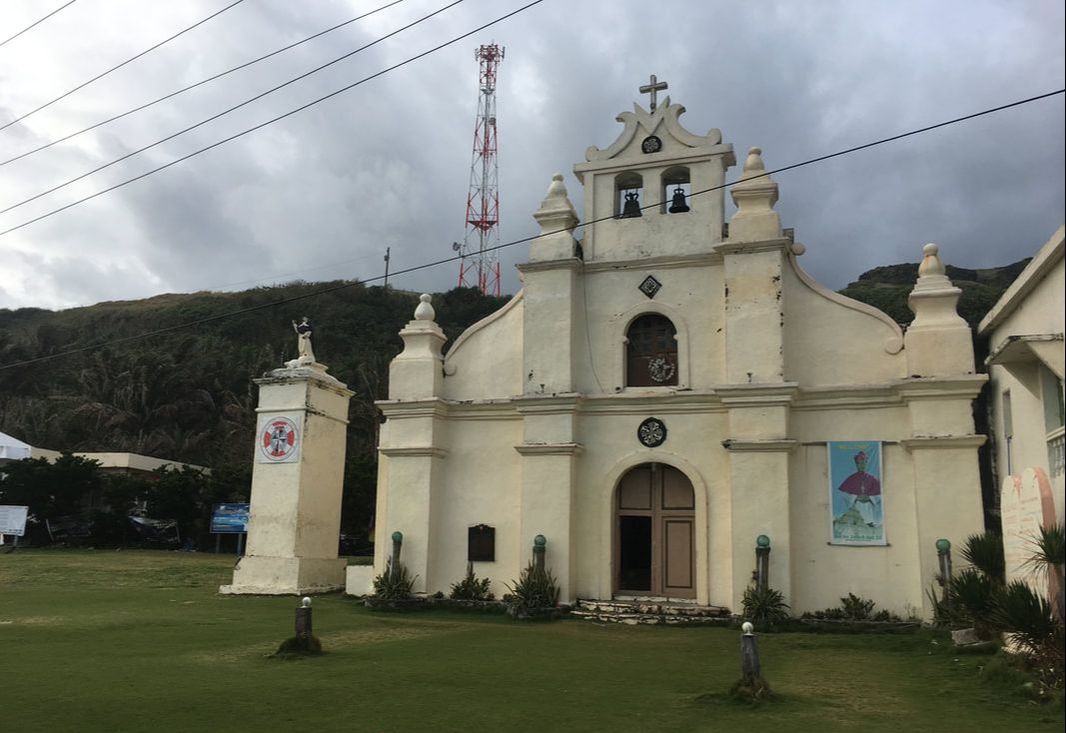
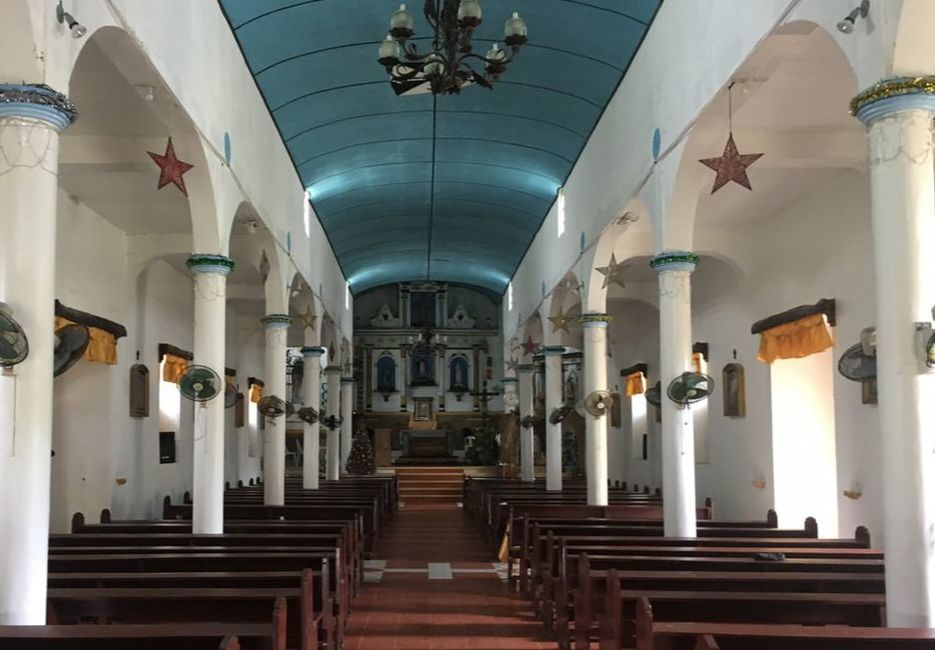
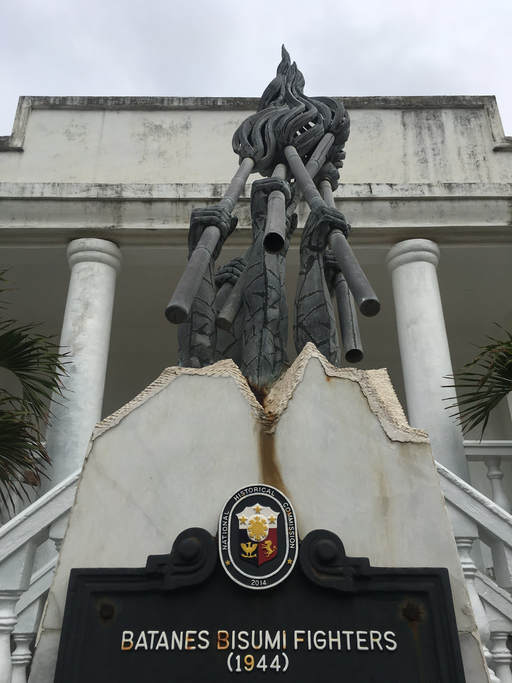
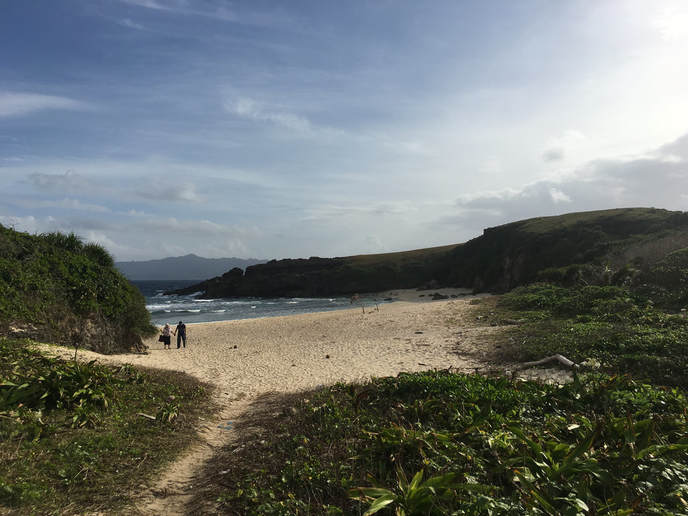

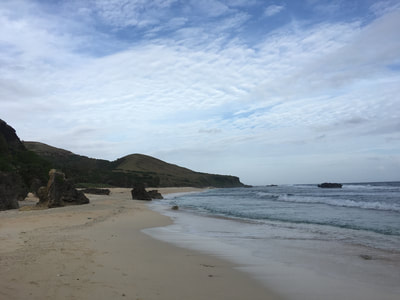
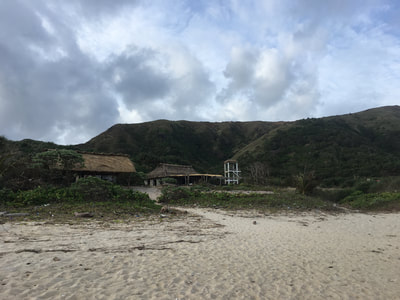
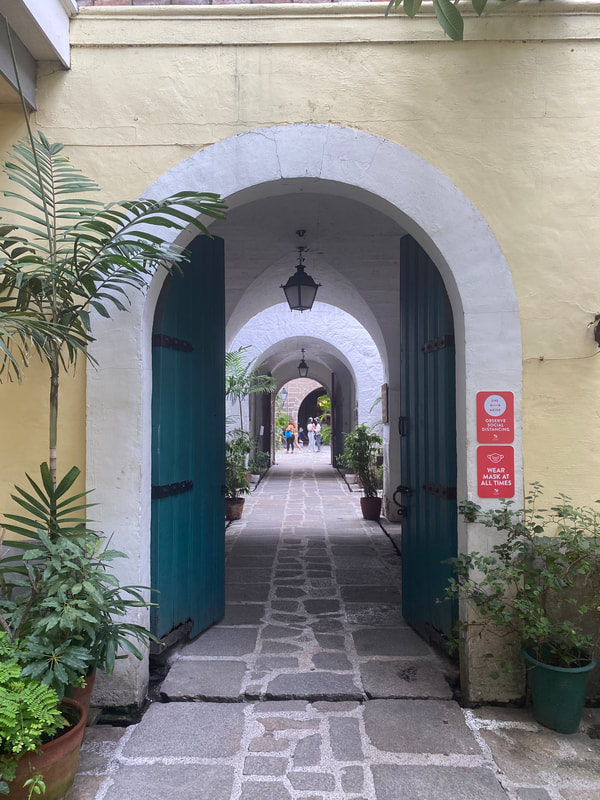
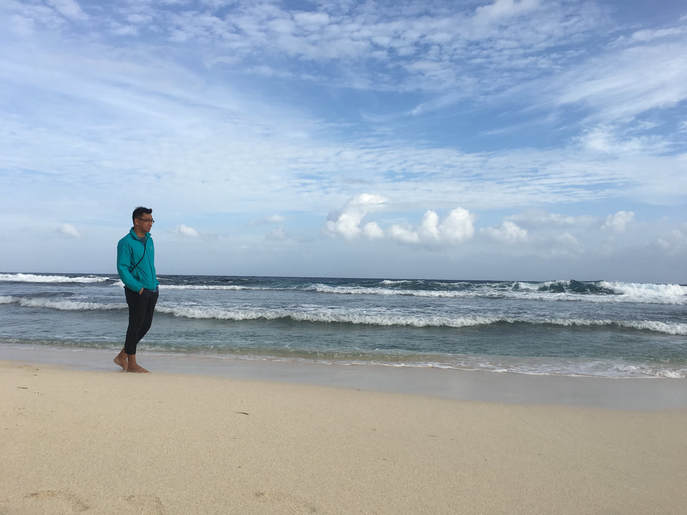
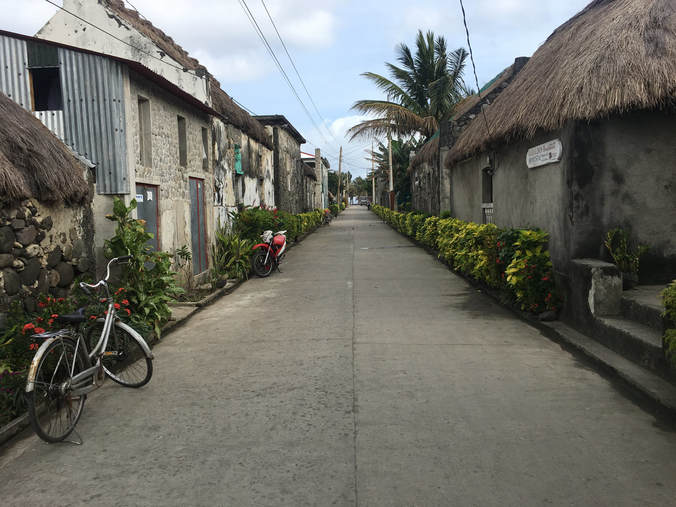
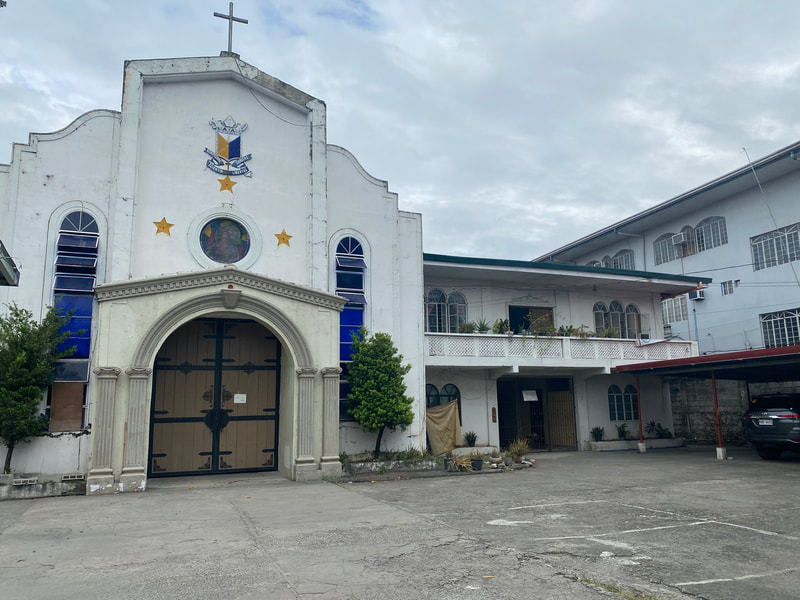
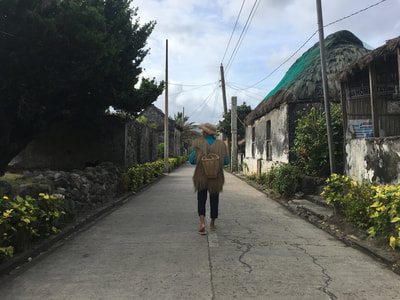

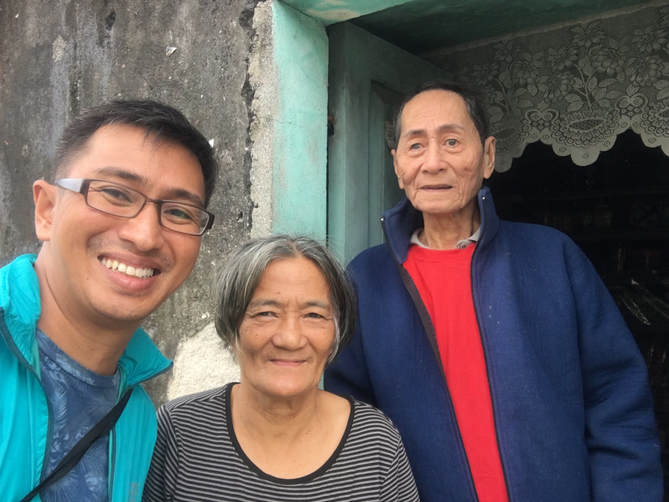
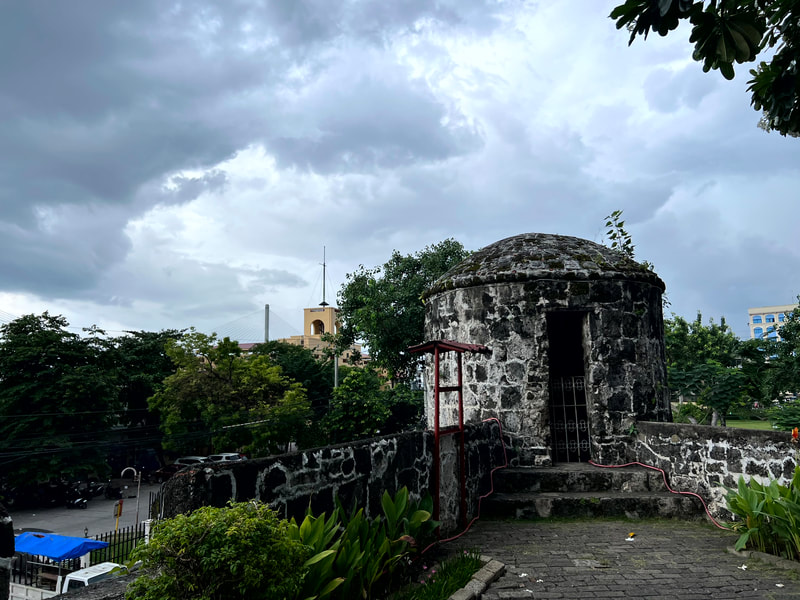
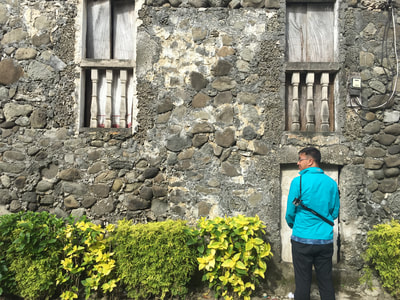
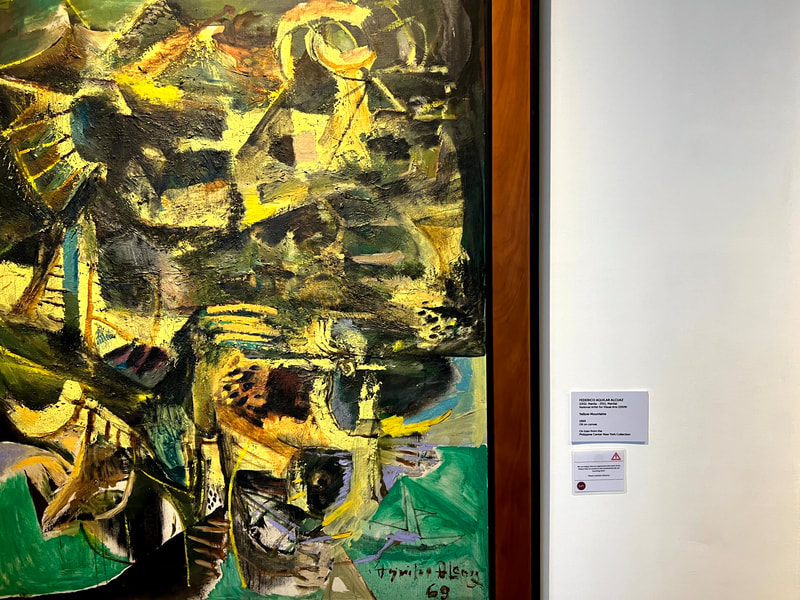
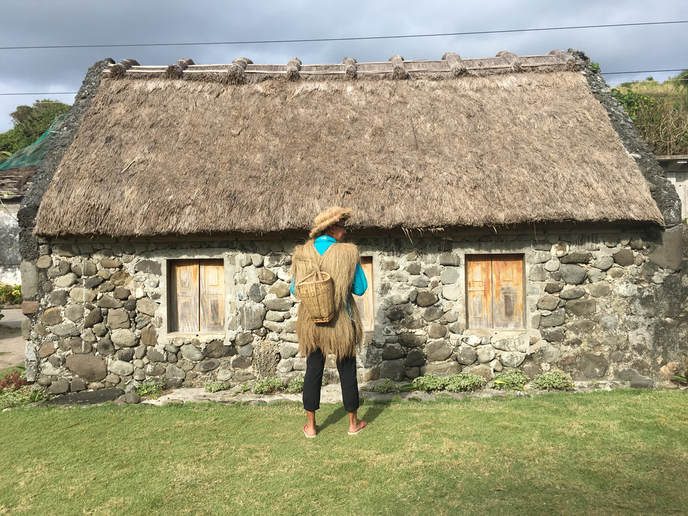
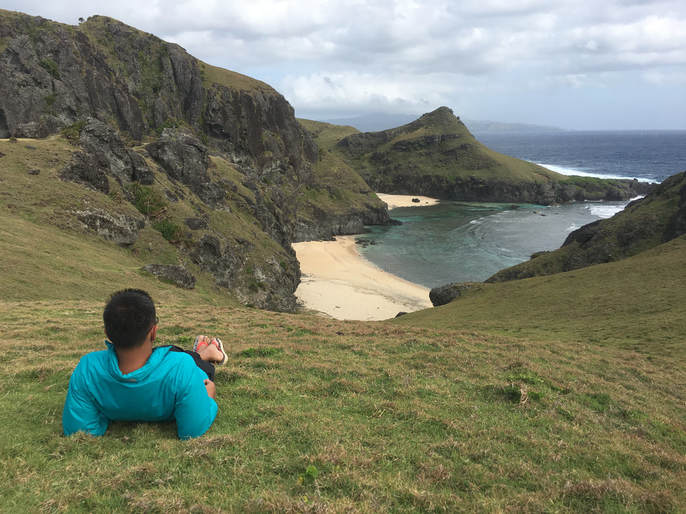
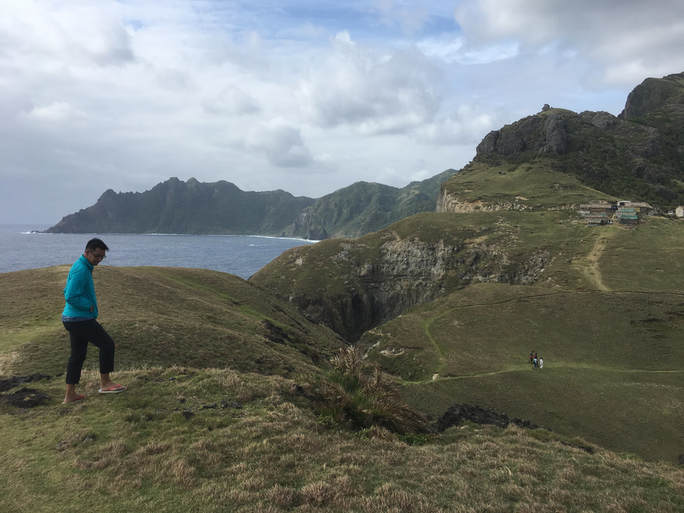
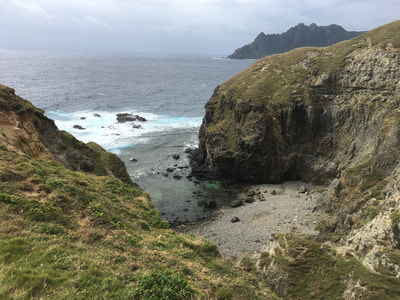
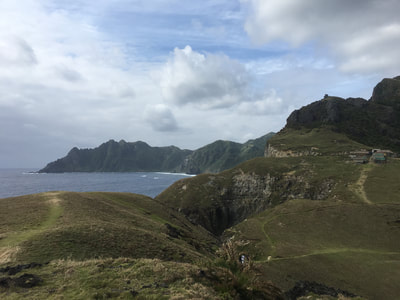
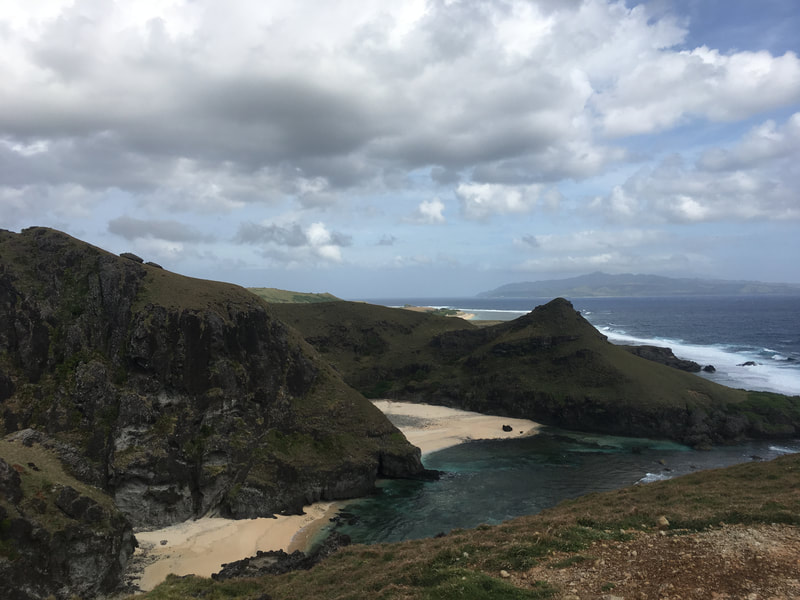
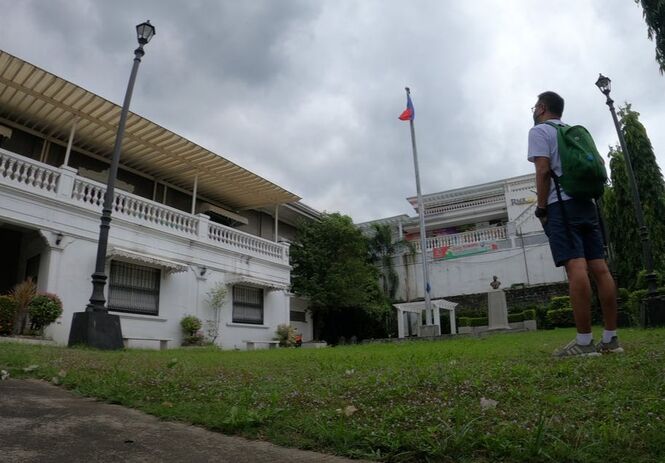
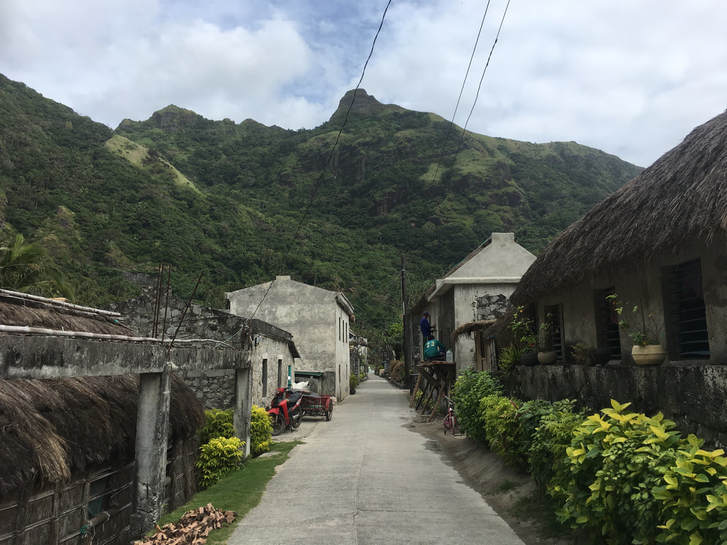
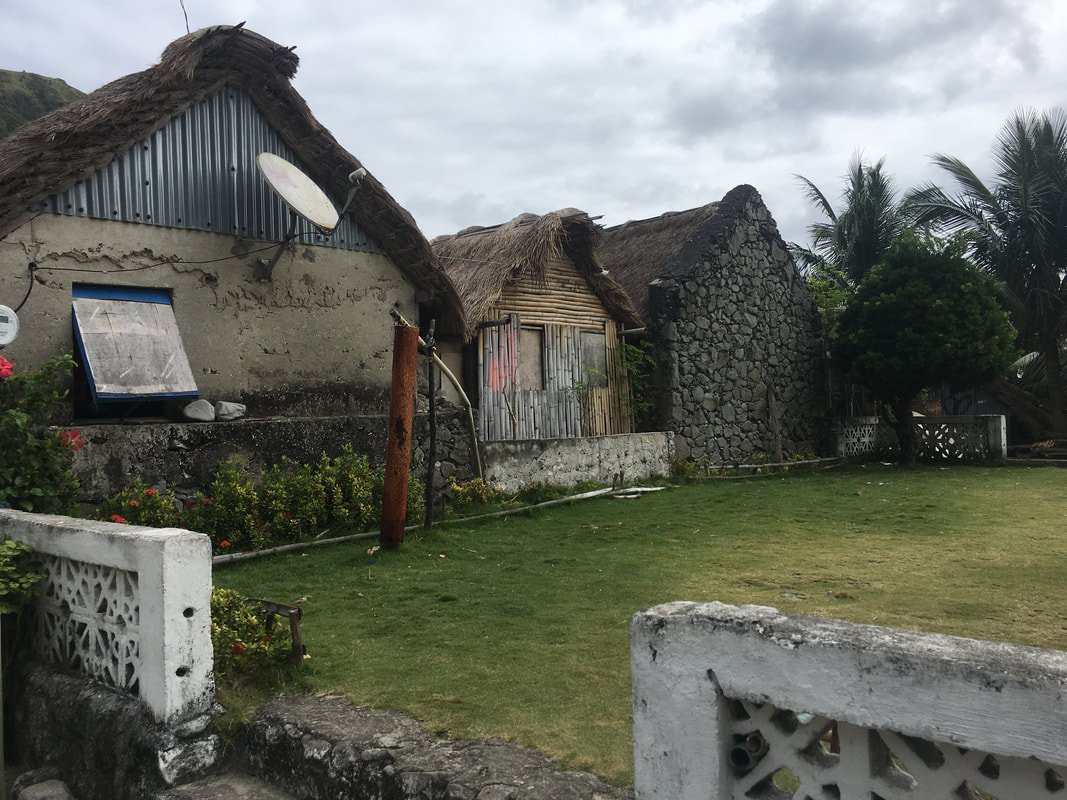

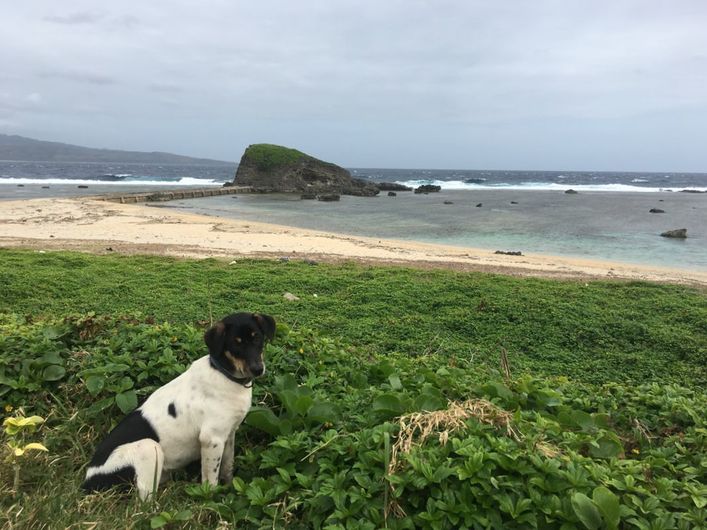
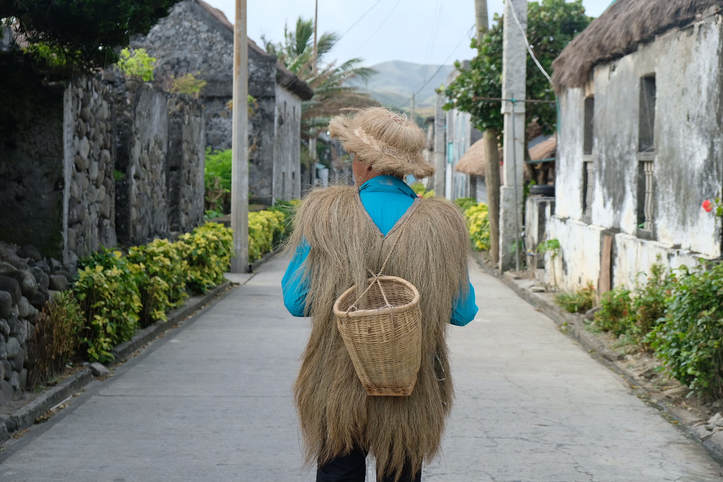
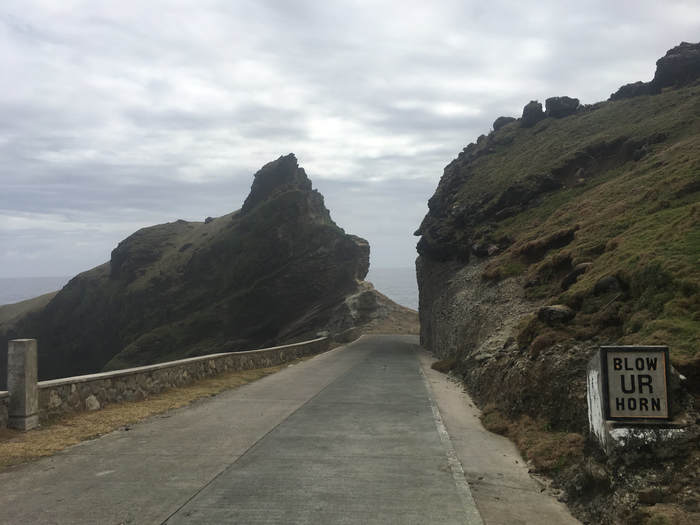




 RSS Feed
RSS Feed